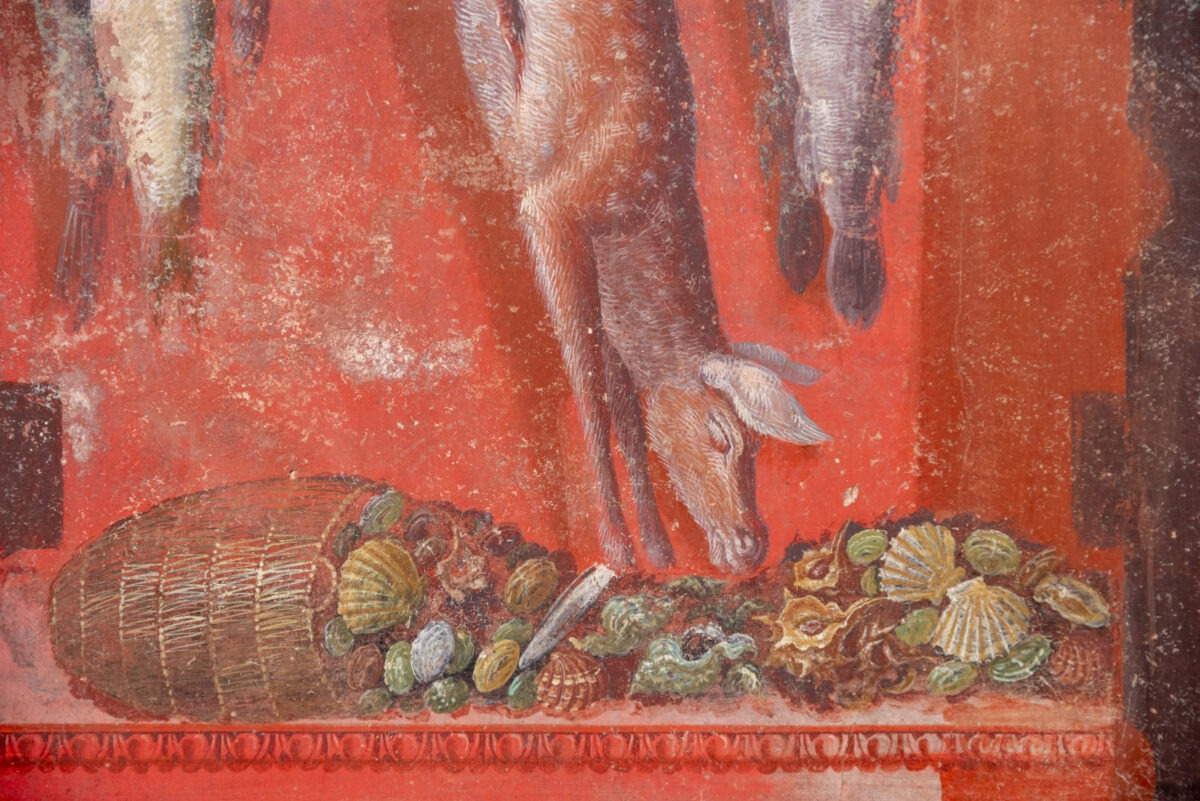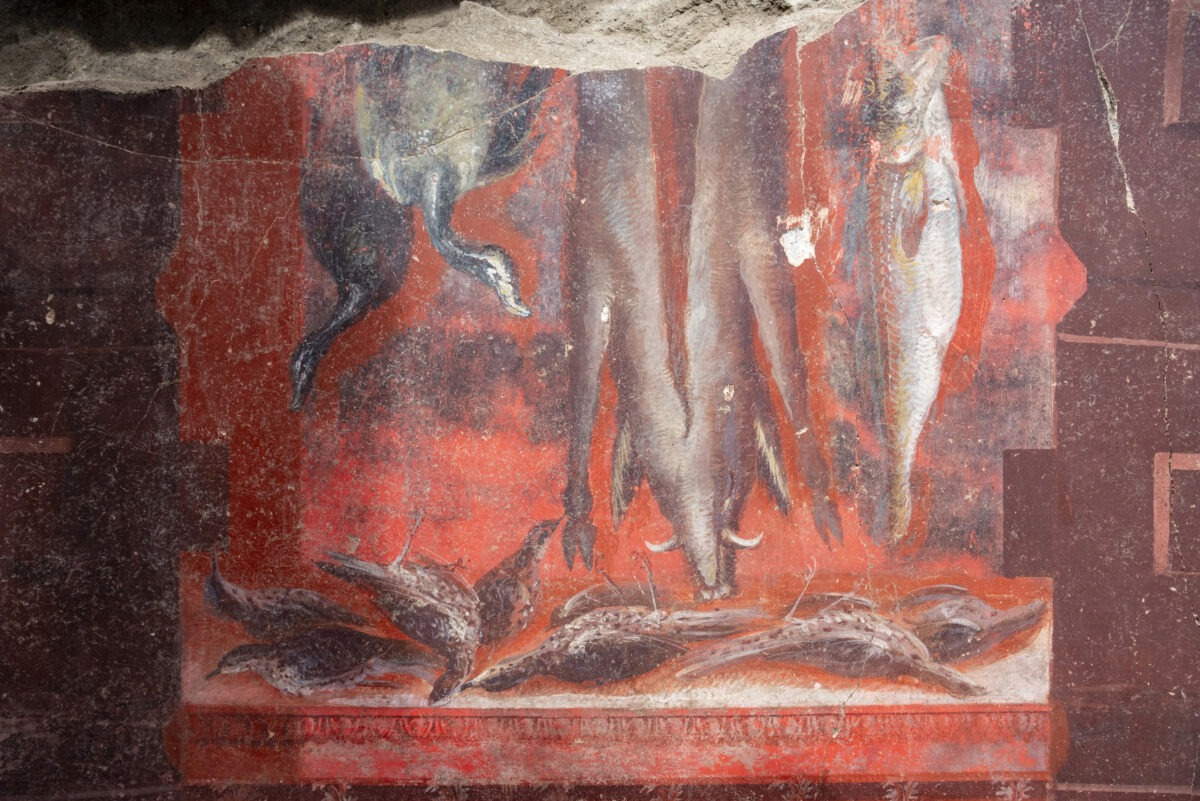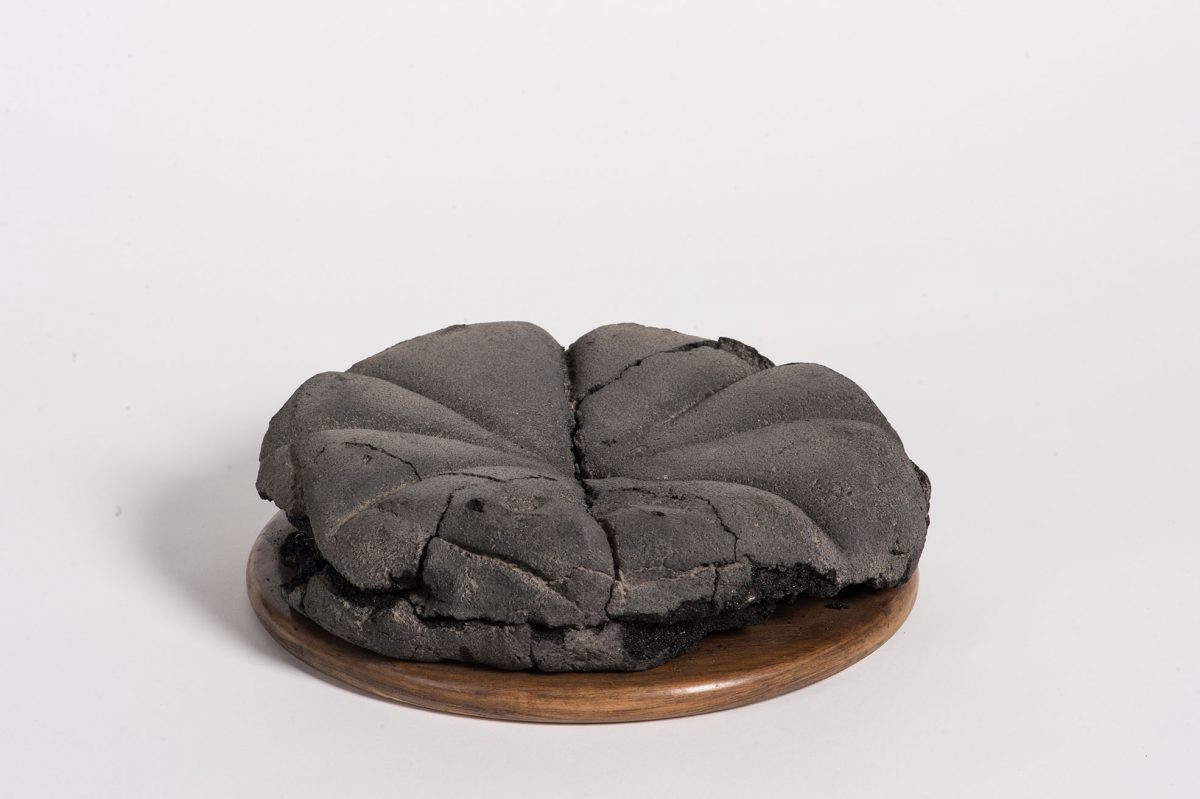How were sheep, goats, and pigs raised in Pompeii? How were grains and legumes cultivated, and how were marine resources exploited? These questions are the focus of an in-depth investigation conducted through a collaboration between the “Annamaria Ciarallo” Applied Research Laboratory of the Archaeological Park of Pompeii and the DistaBiF Laboratory of the University of Campania Luigi Vanvitelli, with scientific contributions from La Sapienza University of Rome and the Department of Archaeology of York University.
The results of this study were recently published in Open Access mode in the journal Scientific Reports: https://www.nature.com/articles/s41598-025-12156-7.
The research examines the food resources of ancient Pompeii, using a scientific approach based onisotopic analysis of carbon and nitrogen, to investigate aspects related to the diet of the inhabitants, access to animal and plant resources, and agricultural and animal husbandry practices.
Pompeii represents one of the few archaeological contexts that can continuously return an exceptional quantity and variety of organic remains. This makes it possible not only to reconstruct the population’s eating habits, but also to obtain valuable information on the farming and cultivation techniques adopted at the time.


Among the conclusions that emerged from the study was an extremely variable dietary intake in pigs, as well as the diversity of husbandry practices adopted for goats and sheep. The analysis also confirmed the importance in the Pompeian diet of legumes and cereals, fundamental elements of daily nutrition.
Another relevant aspect is the confirmation of the consumption of a wide range of fish products, consistent with what is also reported in ancient literary sources, which testify to an intense exploitation of marine resources.
Issues related to Pompeii’s diet and food resources were also explored in the exhibition L’Altra Pompei, set up last year at the archaeological site’s Palestra Grande.
“Research continues even after excavation; indeed, as this study shows, a close examination of evidence unearthed even long ago, thanks to the use of new analyses and methodologies, opens up whole horizons that we had no idea about before,” emphasized Pompeii Archaeological Park Director Gabriel Zuchtriegel. “If one-third of the ancient city of Pompeii is still unexcavated, the amount of data that can potentially be derived from analyses like these is not even quantifiable, because it depends on the ongoing technological and methodological progress. We will certainly still invest in the study of human remains and organic materials in Pompeii that still hold many secrets to be revealed.”

 |
| Food, cultivation and animal husbandry in ancient Pompeii: study published |
Warning: the translation into English of the original Italian article was created using automatic tools. We undertake to review all articles, but we do not guarantee the total absence of inaccuracies in the translation due to the program. You can find the original by clicking on the ITA button. If you find any mistake,please contact us.